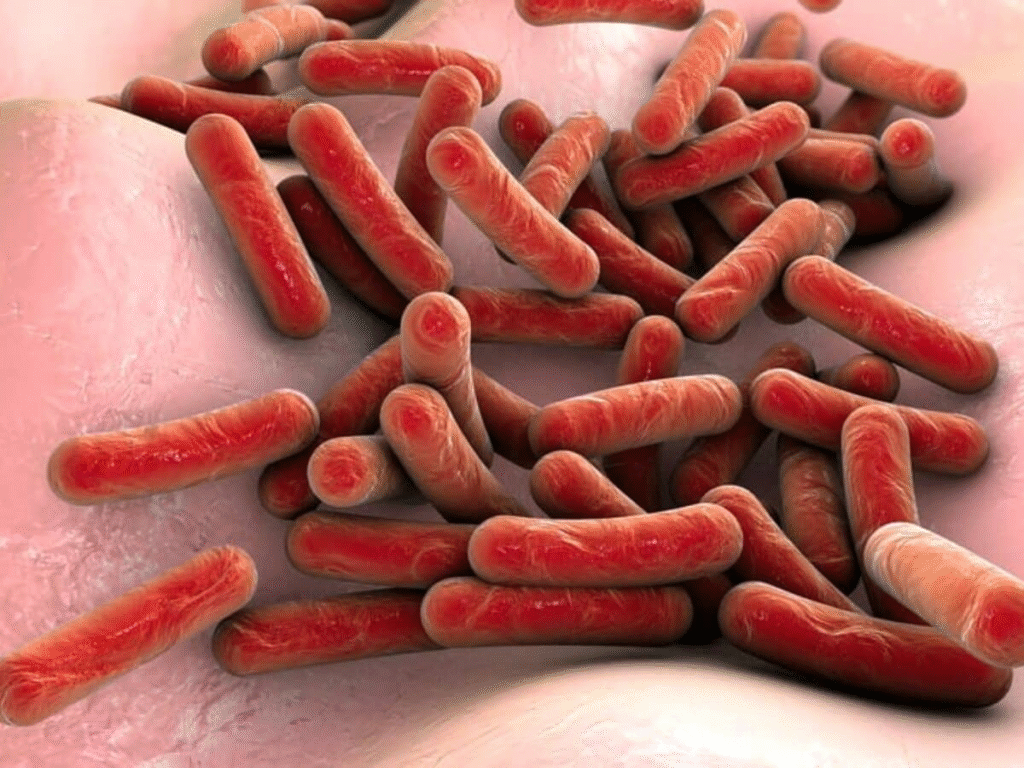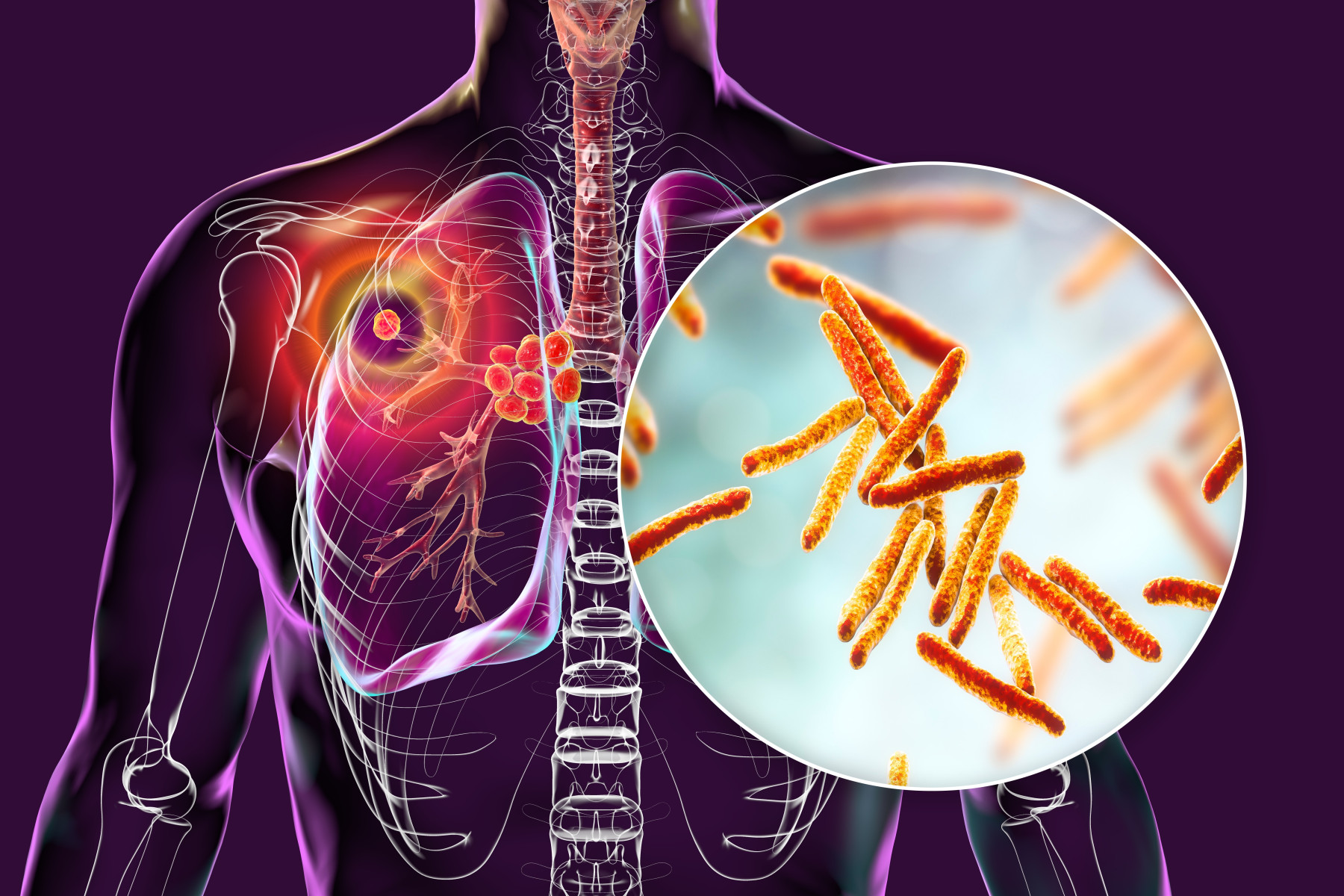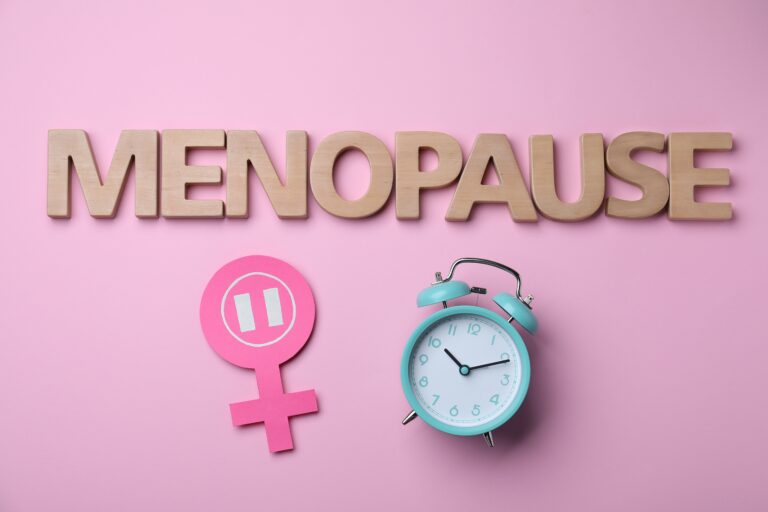Tuberculosis – How do we get it?

I bumped into a girl in my office and she was telling me that she had tuberculosis (TB) and was home quarantined for 2 weeks. Her symptoms were not bad hence her quarantine period was short but she is still on continuous antibiotics and every 2-week follow up.
a) So, what exactly is Tuberculosis (TB)?
Tuberculosis (TB) is a lung infection caused by the bacterium Mycobacterium tuberculosis.

There are mainly 3 types of TB:
Latent TB infection: This is a dormant TB infection where the immune system prevents the TB bacteria from infecting the lungs. The bacteria are still alive but not active. Many times, there are no symptoms during latent TB infection.
Active TB disease: Active TB infection happens when the immune system cannot curb the infection anymore. This bacterium affects the lungs only. Active TB disease may happen right after infection but many times, it happens months or years of latent TB infection.
Active TB disease outside the lungs: As per the name suggests, this infection occurs outside the lungs. This infection can be spread to other parts of the body such as brain, spinal cord, liver and kidney. This condition is usually known extrapulmonary tuberculosis. Symptoms vary depending on which part of the body or organ that is infected.

While TB is curable with medications, it remains a significant global health concern especially in the lower income group.
How is TB actually spread?

When a person with active TB coughs, speaks, or sings, the TB bacteria may stay in the air for 10 hours. People nearby may breathe in these germs and become infected. TB germs are more likely to spread in places where ventilation is limited such as indoors or closed areas. Hence, slums and offices are one of those areas where TB is passed rapidly.
To note, TB germs are not spread by:
- Shaking someone’s hand
- Sharing food or drink
- Touching bed linens or toilet seats
- Sharing toothbrushes
TB active or latent are more common amongst:
- Were born in or frequently travel to countries where TB is common
- Living or previously lived in a large group settings where TB is common, such as homeless shelters, slums and prisons
- Recently came into contact with a TB patient
- Work in places where TB is more likely to spread
- Have a weaker immune system because of certain medications or health conditions such as diabetes, cancer, or HIV
- Kids blow 5 years old and elderly above 65 years’ old
What are TB symptoms?

Active TB disease in the lungs may cause symptoms such as:
- A bad cough that lasts 3 weeks or longer
- Pain in the chest
- Coughing up blood or phlegm
- Weakness or fatigue
- Drastic weight loss
- No appetite
- Chills
- Fever
- Sweating at night
Symptoms of active TB disease outside the lungs depend on the area affected:
- TB disease of the lymph nodes may cause a firm red or purple swelling under the skin
- TB disease of the kidney may cause blood in the urine
- TB meningitis (TB disease of the brain) may cause headache or confusion
- TB disease of the spine may cause back pain
- TB disease of the larynx may cause voice hoarseness
People with inactive TB do not have any symptoms.
Treatment for TB

Those who have TB (either inactive or active) usually need to follow a medication course spanning a few months.
Inactive TB
Though many inactive TB remain silent with minimal symptoms, those that are detected will need to go on treatment for a few months. The range is usually 3-9 months. The treatment plans for inactive TB use 3 main antibiotic combo consisting off:
- Isoniazid
- Rifampin
- Rifapentine
Active TB
Treatment for active TB disease can take from 4 months to 1 year depending on the treatment plan. The treatment plans for active TB disease use multiple antibiotic combo consisting off:
- Ethambutol
- Isoniazid
- Moxifloxacin
- Rifampin
- Rifapentine
- Pyrazinamide
Drug-resistant TB disease

There are several treatment plans for drug-resistant TB depending on which antibiotics the bacteria are resistant too.People with drug-resistant TB are treated with different types of antibiotics as compared to the common ones. Treatment may take a long time, sometimes months or years and the medicines can cause side effects.

To conclude it all, every newborn should get their BCG’s at birth and at stipulated ages to reduce risk of getting TB and other co-morbidities like meningitis.
Reference
1. Centres for Disease Control and Prevention. Treating Tuberculosis.







